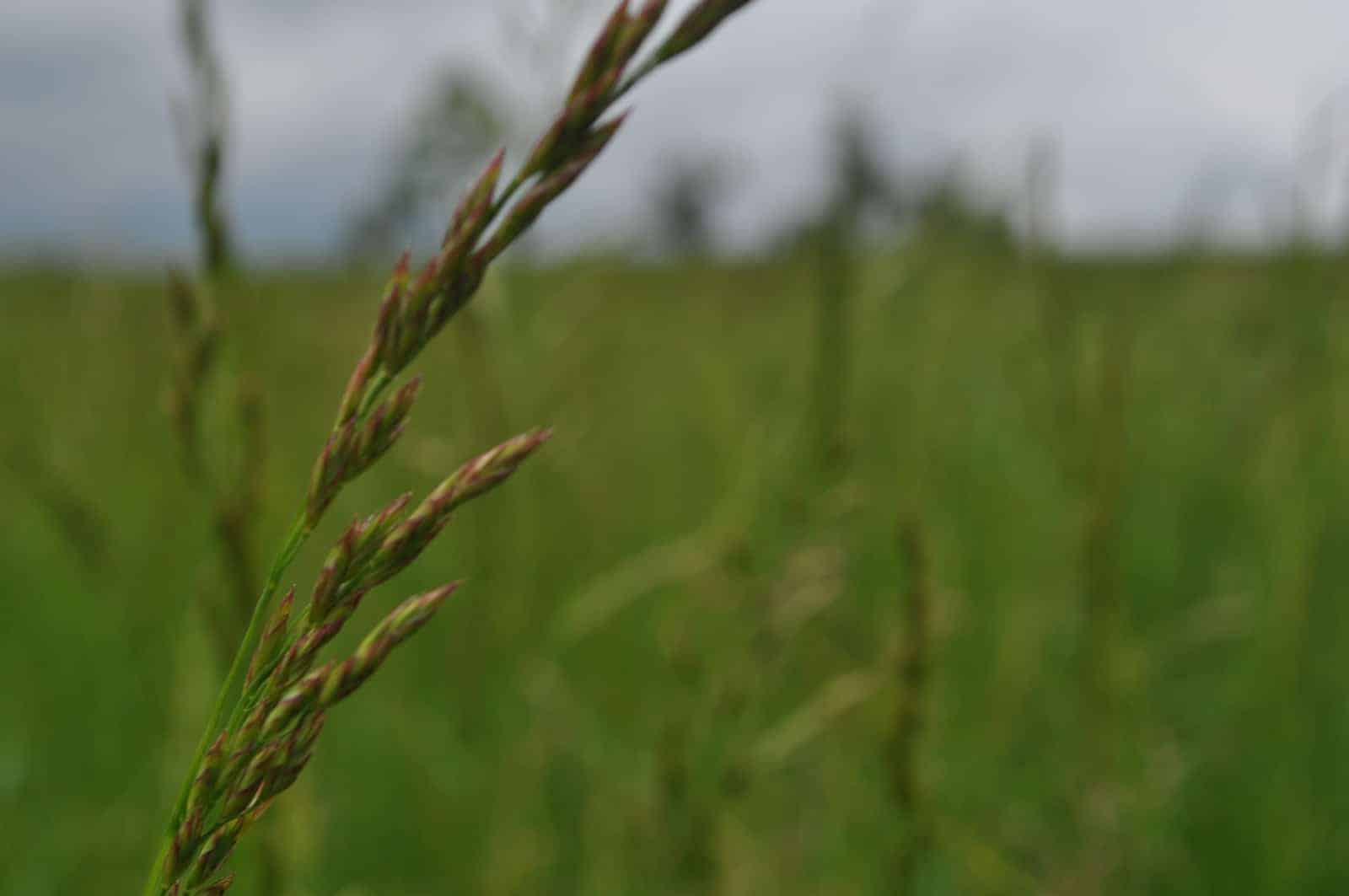Tall Fescue: Endophyte-Infected, Endophyte-Free, and Novel-Endophyte

Tall fescue (Lolium arundinaceum) is one of the most widely grown perennial grasses in the world and covers approximately 37 million acres in the United States alone. It can be infected with an endophytic fungus (Epichloë coenophiala), which in a symbiotic relationship with the plant produces chemicals called alkaloids that confer benefits to the plant.
This tall fescue, native to Europe, was introduced into the United States in the 1800s. In 1931, E.N. Fergus, a University of Kentucky (UK) agronomist, collected tall fescue seed from the Suiter farm in Menifee County, Kentucky, on the basis of winter hardiness, persistence in high-traffic areas, and drought resistance, giving rise to the cultivar of fescue known as Kentucky 31 (KY31). However, some of the alkaloids, primarily the ergot alkaloids produced by infected plants, are detrimental to grazing animals, including horses.
Historically, the endocrine hallmark of fescue toxicosis in several animal species is a decrease in the circulating concentration of the hormone prolactin. Prolactin is secreted by the pituitary gland, and control of its secretion is complex and not completely understood. Prolactin exerts effects on a variety of systems including milk production, steroidogenesis (estrogens, progesterone, and testosterone), hair growth and shedding, libido, and synthesis of surfactant by the fetal lungs. Importantly, prolactin may also exert an effect on the fetoplacental unit by altering steroid synthesis and/or metabolism and maturation of the fetal adrenal-pituitary axis, which is necessary for parturition. One major regulator of prolactin secretion is dopamine, a hormone produced by the hypothalamus. Dopamine interacts with receptors in the pituitary gland and inhibits the secretion of prolactin
Create a free account with TheHorse.com to view this content.
TheHorse.com is home to thousands of free articles about horse health care. In order to access some of our exclusive free content, you must be signed into TheHorse.com.
Start your free account today!
Already have an account?
and continue reading.
Written by:
Equine Disease Quarterly
Related Articles
Stay on top of the most recent Horse Health news with















